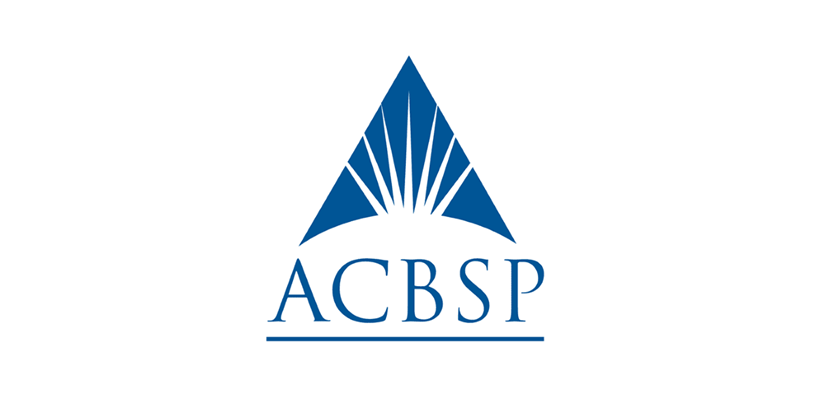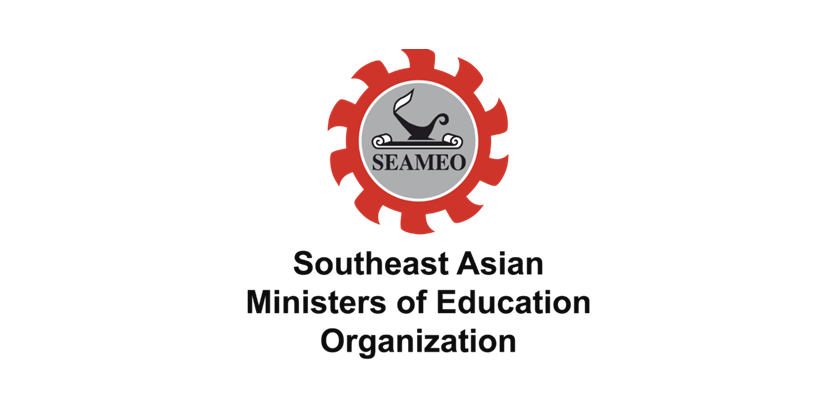Safer Campus Community
Training
Training is an organized management discipline behavior.
![]()
Training is training, training and training to enable trainees to master certain skills. The Asia Pacific School of Business training mainly focuses on skills training, focusing on pre-behavior. In order to achieve unified scientific and technical specifications and standardized work, trainees are allowed to pass certain educational and training techniques through modern informatization processes such as goal planning, knowledge and information transmission, skill proficiency drills, homework achievement evaluation, and results exchange announcements. , To achieve the expected level to improve the target, improve combat effectiveness, personal ability, and work ability training are all called training!
The Asia Pacific School of Business training is a process in which experienced or inexperienced trainees are taught the mental cognition, basic knowledge and skills necessary to complete a certain behavior. Based on the theory of cognitive psychology, it can be known that the transmission effect of correct cognition (the output of internal psychological processes) in the workplace is the basis for determining the effectiveness of training.
Simply understand, training is approximately equivalent to teaching. That is, the teaching service of a certain skill. Such as some professional training courses. It can also be understood as training that provides teaching.
What is training?
Training is an organized management discipline behavior.
- In order to achieve unified scientific and technical specifications and standardized operations, through modern informatization processes such as goal planning, knowledge and information transfer, skill proficiency drills, job achievement evaluation, result exchange announcements, etc., employees are allowed to pass certain educational and training techniques. Reach the expected level of improvement goals.
- In the training process, we must pay attention to the learning curve of the trainees and the feedback of information, and timely listening to the trainees' information can help the organization improve future training effects and reduce unnecessary expenses.
Classification of training
1. Divided by time period, training can be divided into long-term training and short-term training. Long-term training is generally planned and has a strong purpose.
2. According to the training method, it can be divided into on-the-job training and off-job training.
3. According to the training system, it can be divided into two types: internal training system and external training system.
1) The internal training system includes basic training, applicability training, daily training, individual training and target training, etc.;
2) If the training system outside the organization is divided by educational institutions, it can be divided into three categories:
- Full-time colleges and universities and adult colleges and universities;
- Education and training institutions organized by local governments and administrative departments;
- Social forces run schools.
The purpose of training
The starting point and destination of the training is "the survival and development of the enterprise". The training of the enterprise can be summarized as a trinity purpose, that is, through the enterprise or employees fulfilling the responsibilities and powers of education and training, so that the work of the enterprise is effective, and the enterprise can maintain its survival and development. development of.
Training
Its purpose is as follows:
1. Adapt to the development and changes of the company’s external environment
The development of an enterprise is the result of internal and external factors working together. On the one hand, enterprises must make full use of the various opportunities and conditions provided by the external environment to seize the opportunity; on the other hand, enterprises must adapt to changes in the external environment through their own reforms.
An enterprise is not a closed system, but an upgraded system that constantly adapts to the outside world. This kind of adaptation is not a static mechanical adaptation, but a dynamic and active adaptation. This is the so-called system contingency view. External factors work through internal factors. The key to an enterprise's invincible position in market competition lies in its internal mechanism. The survival and development of an enterprise can be attributed to the role of people, which can be specifically implemented in how to improve the quality of employees, mobilize their enthusiasm and give full play to their creativity, and can specifically be implemented in how to improve their quality, mobilize their enthusiasm, and give full play to their employees. Creativity. As a kind of contingency system, the people who are the main body of the enterprise should also be contingent. That is, the enterprise must continuously train its employees so that they can keep up with the times and adapt to the needs of technological and economic development.
2. Meet the needs of employees for self-growth
Employees want to learn new knowledge and skills, they want to accept challenging tasks, and they want to be promoted. These are inseparable from training. Therefore, training can enhance the satisfaction of employees. In fact, these expectations can be transformed into self-fulfilling promises under certain circumstances. The higher the expectations, the better the trainee’s performance. Conversely, the lower the expectations, the worse the performance of the trainees. This self-fulfilling promise phenomenon is called the Pygmalion effect.
3, improve performance
Through training, employees can reduce errors at work, reduce work-related accidents during production, and reduce losses caused by errors. At the same time, after employees are trained, with the improvement of their skills, they can reduce waste and defective products, reduce consumption and waste, improve work quality and efficiency, and improve corporate efficiency.
4. Improve corporate quality
Through training, employees have improved their knowledge and skills, which is only one of the purposes of training. Another important purpose of training is to enable people with different values, beliefs, work styles and habits to carry out cultural education in accordance with the requirements of the times and business operations, so as to form a unified and harmonious work group and increase labor productivity. People's work and quality of life have been improved. To improve the competitiveness of enterprises, enterprises must attach importance to education, training and cultural construction, and give full play to the tremendous role of the entrepreneurial spirit that has been created.
Principles of training
1. Participate
In the training process, action is basic. If the trainee only maintains a static and passive state, it is impossible to achieve the purpose of training. In order to mobilize employees’ enthusiasm for training, some Japanese companies adopt a “self-application” system and fill in application forms regularly, mainly reflecting the improvement and performance of employees’ abilities in the past 5 years, the development direction of the employees in the next 5 years, and the self-design of personal ability development . Then, the superiors will have interviews with the employees for the employee's application to communicate their ideas and unify their opinions. Finally, the superiors fill in their opinions on the employee application form and report them to the personnel department to save them in the personnel information database as the basis for future employee training plans. At the same time, this system also has a very important psychological function. It makes employees aware of the individual's "autonomy" in work and the status of the master of the enterprise, dredging the channels for the exchange of ideas between superiors and subordinates, and is more conducive to promoting collective collaboration And cooperate.
2, motivation
Those who really want to learn will learn. This kind of learning desire is called motivation. Generally speaking, motivation mostly comes from needs, so in the training process, various motivation methods can be applied to make the trainees willing to learn due to the satisfaction of needs during the learning process.
3. Application
The fundamental difference between corporate employee training and general education is that employee training emphasizes pertinence and practice. What is needed for the development of the enterprise, and what employees lack is trained. We must strive to overcome the tendency to divorce reality and move closer to academic education. Do not engage in formalistic training, but emphasize practical results and apply what you have learned.
4、Teach students according to their needs
Not only do companies have a large number of jobs, but the level of employees is uneven, but there are also individual differences in personality, intelligence, interest, experience, and skills. Therefore, there are differences between what employees have and what they don’t have for the various conditions required for the job. The difference between the conditions that have and what they don’t have should be paid attention to when training. Obviously, the training of enterprises should vary from person to person, and ordinary education cannot be used to train employees in a "step-by-step" approach. That is to say, different training content and training methods should be selected according to different objects, and some even have to develop training development plans for individuals.
We all know that ordinary education can only provide some basic professional knowledge and low-level skills; while facing the development of a large-scale enterprise, it is necessary to conduct multiple skills training to enable employees to gradually reach the continuous development of the enterprise Claim. Therefore, in order to improve labor productivity and personal satisfaction with the profession, the organization directly and effectively serves the organization's production and operation, and continuously adopts various methods to conduct education, training and investment activities for all types of personnel in the organization.
American economist and Nobel laureate in economics, Schultz, found that purely from the perspective of natural resources, physical capital and labor, it cannot explain all the reasons for the increase in productivity. As a transformation of capital and wealth, the form of people, knowledge and ability It is the decisive reason for social progress. But its acquisition is not without cost. It needs to be formed through investment. Organizational training is an important form of such investment.
























